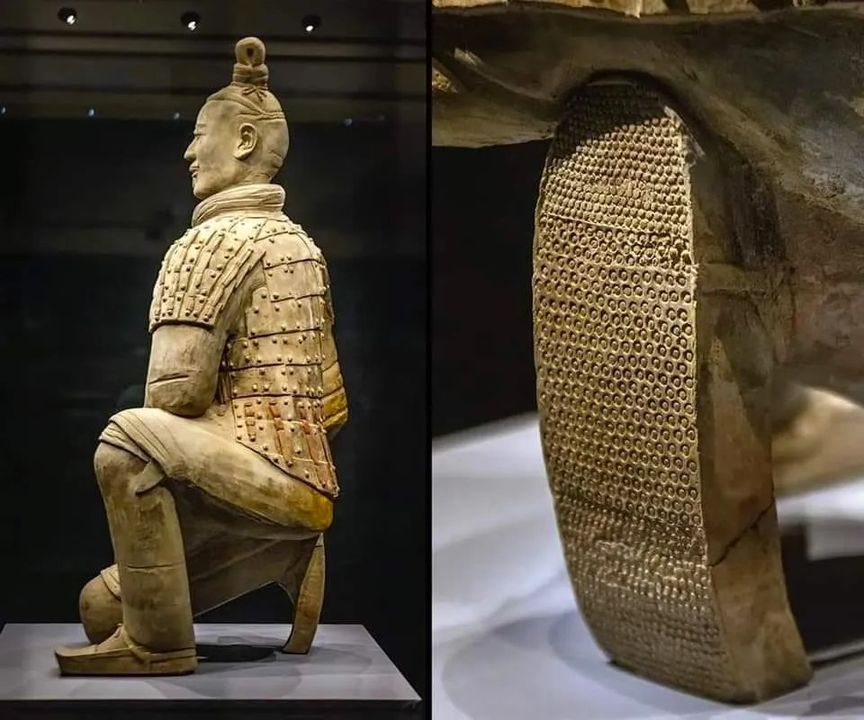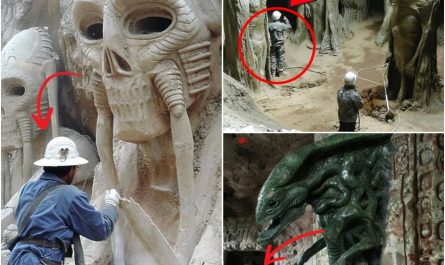In 1516, the Château de Chambord, a masterpiece of French Renaissance architecture in France’s Loire Valley, began construction under King Francis I, and its most iconic feature—the double helix staircase—is popularly attributed to Leonardo da Vinci, the Italian polymath who spent his final years in France. This innovative spiral staircase, with two intertwined paths that never meet, embodies the era’s blend of art, science, and engineering. Housed in the castle’s central keep, it remains a testament to Leonardo’s genius and the Renaissance spirit, captivating visitors with its elegance and ingenuity.
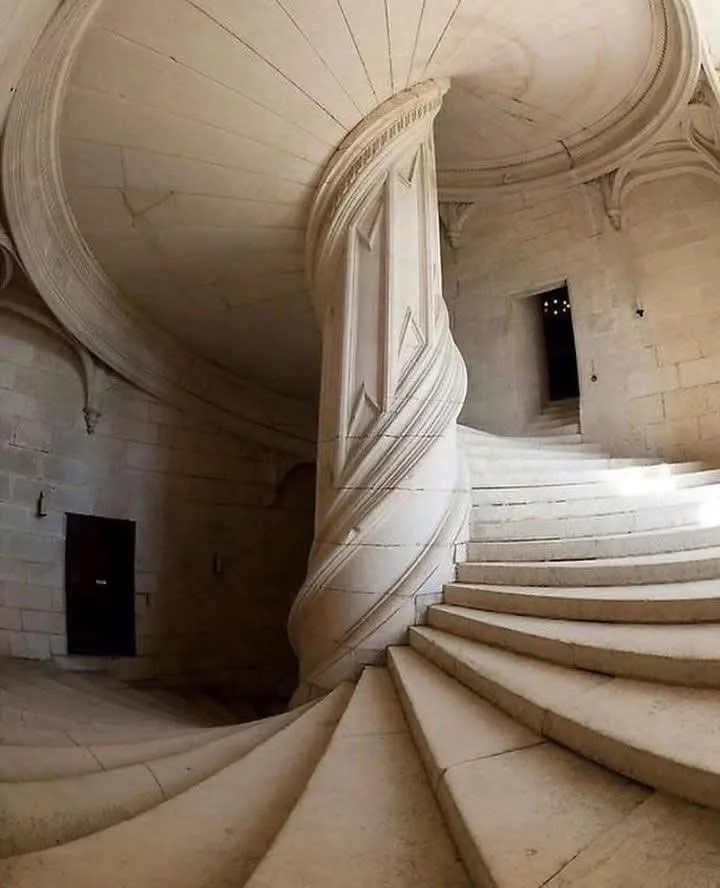
The Double Helix Design
The double helix staircase, located at the heart of Chambord’s keep, is a structural marvel. Rising 30 meters through three floors, it features two spiral staircases that coil around a hollow, ventilated core, allowing two people to ascend or descend simultaneously without crossing paths. The design, inspired by the spiral forms Leonardo studied in nature—like seashells or whirlpools—ensures privacy and fluid movement, ideal for a bustling royal court. Carved from pale tuffeau stone, the staircase is adorned with intricate moldings and opens to a lantern-like tower offering panoramic views of the estate.
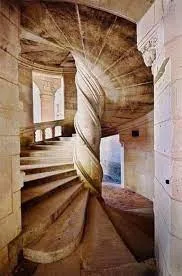
While no definitive records confirm Leonardo’s authorship, his influence is plausible. Invited to France by Francis I in 1516, Leonardo lived at the nearby Clos Lucé until his death in 1519, serving as a court artist and engineer. His sketches, including designs for spiral staircases and architectural innovations in the Codex Atlanticus, show a fascination with helical forms and efficient design. The staircase’s geometric precision and functional artistry align with his principles, seen in works like the Vitruvian Man or his engineering studies.
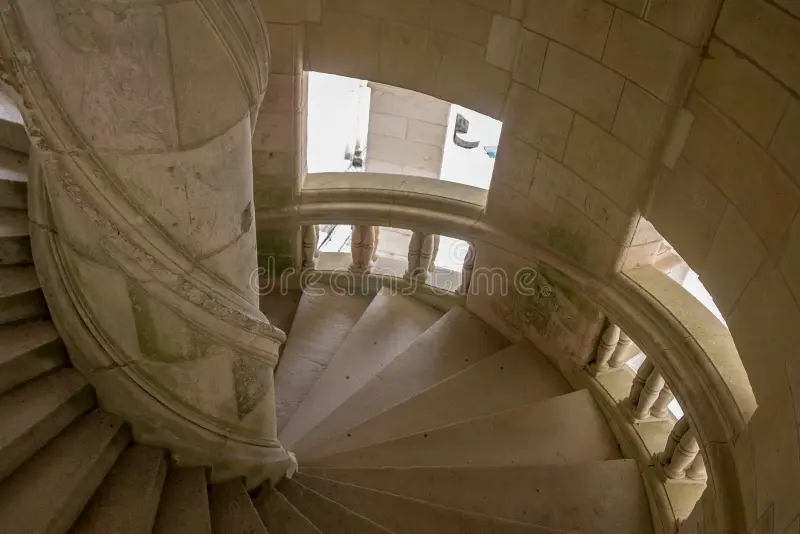
Historical and Cultural Context
Built between 1519 and 1547, the Château de Chambord was Francis I’s hunting lodge and a symbol of royal power, blending French Gothic traditions with Italian Renaissance aesthetics. Its 440 rooms, 84 staircases, and 282 fireplaces reflect Renaissance ideals of symmetry and grandeur, influenced by Italian architects like Domenico da Cortona. Leonardo, though not directly involved in Chambord’s construction (he died before it began), likely advised on its early planning, with the double helix staircase as his enduring legacy.

The staircase’s design, possibly inspired by Leonardo’s studies of hydraulics and motion, served practical and symbolic roles. It facilitated discreet movement for courtiers and guests, reflecting Renaissance intrigue, while its DNA-like structure (a term coined centuries later) evokes universal patterns, akin to the symbolic motifs in the Jadeite Cabbage or the Lamassu’s protective form. The staircase’s open core, ventilated by skylights, also showcases early climate control, a nod to Leonardo’s engineering foresight.
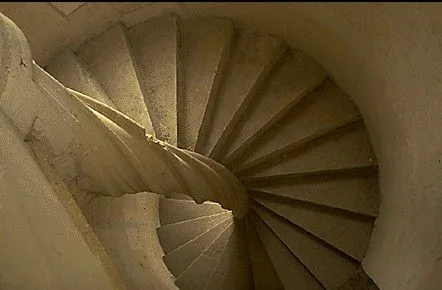
Modern Resonance and Preservation
Today, the Château de Chambord, a UNESCO World Heritage Site since 1981, draws over 700,000 visitors annually, with the staircase as its centerpiece. Restored in the 19th and 20th centuries, it remains structurally sound, its stone steps worn smooth by centuries of footsteps. The design has inspired modern architecture, from spiral staircases in museums to conceptual works exploring form and function.

The staircase’s attribution to Leonardo, while debated, underscores his interdisciplinary legacy, paralleling the ingenuity of figures like the Dahomey Amazons or Irfan Habib’s historical rigor. Its lessons include:

Innovative Design: The double helix’s blend of form and function inspires modern architects and engineers to create efficient, beautiful solutions.
Cultural Synthesis: Like the Medusa head’s Greek-Roman fusion, the staircase reflects cross-cultural exchange, encouraging global collaboration.

Preserving Genius: Protecting Chambord, like HIMI or the Eltanin Antenna’s ocean, ensures we learn from past innovation.
A Spiral of Genius
The double helix staircase at Château de Chambord, attributed to Leonardo da Vinci’s visionary mind, is a Renaissance marvel, weaving art, science, and utility into stone. Like Samir and Muhammad’s symbiotic bond or the black seadevil’s eerie glow, it captures human ingenuity in motion. As visitors climb its twirling paths, never meeting yet forever entwined, they walk in Leonardo’s shadow, marveling at a design that still spirals through time.

